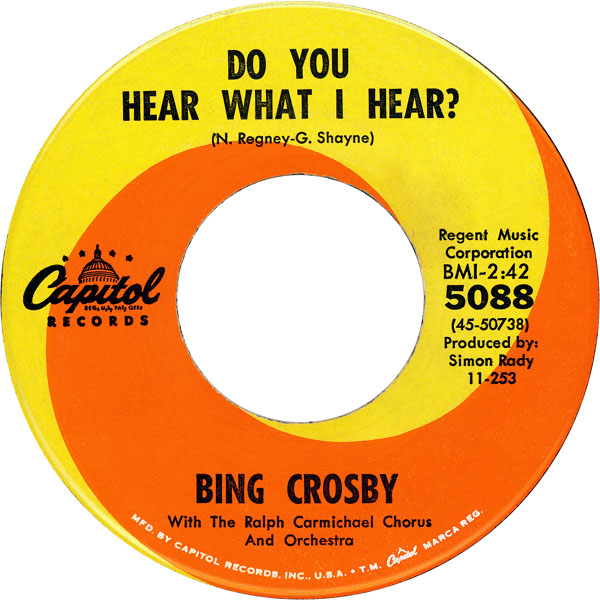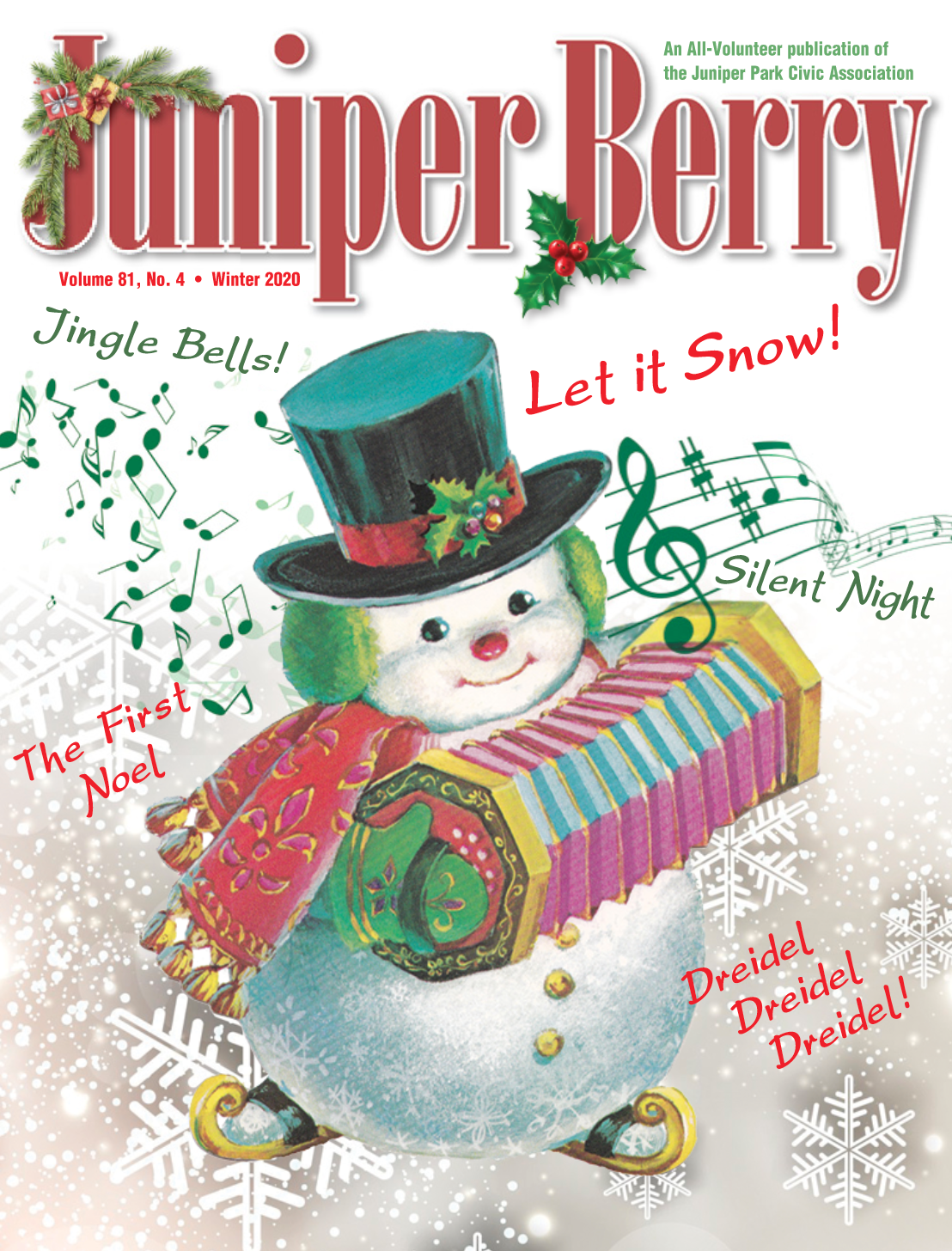The Hidden Meaning Behind a Beloved Christmas Song
Everything seemed upside down in October 1962 when composer Noel Regney wandered around the streets of Manhattan burdened with worry about the state of the world. There was a very real nuclear threat to America and the populace was understandably jittery. Noel observed children innocently laughing and playing, blissfully unaware of what felt like impending doom to adults, and that sparked a burst of inspiration that resulted in one of our most popular modern-day Christmas carols.
Noel had grown up in France and was forced to join the Nazi army during WWII. He eventually fled to join the French Resistance movement. After the war, he lived in Vietnam and France for a time, then immigrated to America. He was working as an arranger, composer and conductor in Manhattan where he met, fell in love with and quickly married his wife, Gloria Shayne Baker, a professional pianist originally from Massachusetts. The duo started composing songs with Gloria writing the lyrics and Noel composing the music. They had much success penning tunes for pop stars in the 1950s and 1960s such as Bobby Vinton, Jo Stafford, Eddie Fisher and Doris Day.
The couple had been commissioned to write a B-side for a single in October 1962, an event which unfortunately coincided with the Cuban Missile Crisis. The threat of war and destruction hung in the air and put a damper on their creativity. Noel was raised Catholic but wasn’t particularly religious, and Gloria was raised Jewish, and their already challenging task of writing a new Christmas song seemed extra daunting considering the mood.
One day as Noel walked the streets of Manhattan, he was moved by the sight of children enjoying themselves, oblivious to the dangerous and very real possibility of nuclear war. The first line came to him, “Said the night wind to the little lamb” referring to the prospect of war threatening peace. His lyrical creativity was sparked and would result in a rare reverse collaboration, with Noel writing the words and Gloria composing the music.
Although elements of the Nativity story are unmistakable in the song, many of the people and objects mentioned in the remaining lyrics were meant to have a double meaning. The “star dancing in the sky with a tail as a big as a kite” refers to a bomb streaking overhead. The “song high above the trees with a voice as big as the sea” also refers to the screech of a nuclear missile hurtling through the air. The child sleeping in the cold certainly is Jesus, but also represents the children Noel observed that October afternoon. Bringing the child “silver and gold” was referenced in the Bible, but in this case refers to the cost of war and how it results in poverty. The shepherd boy represents the people of the world pleading with their leaders – represented by “the mighty king” – to bring about peace. The king instructs them to pray for peace, which is the only thing people felt they could do in the face of potential war.
The song was released just before Christmas 1962 in a recording by the Harry Simeone Chorale, selling about 250,000 copies. By the next year when Bing Crosby recorded his best-selling version of it, there was no longer an imminent threat of nuclear war. But the song’s call for peace resonated during the 1963 holiday season following the assassination of President John F. Kennedy. The song’s soulful melody and lyrics remained popular over subsequent decades, with hundreds of artists having recorded their own versions. It has also been a featured hymn during many Christmas church services through the years.
The song remains relevant as the world’s stability continues to be challenged because its core message is universal: Pray for peace, people everywhere.




